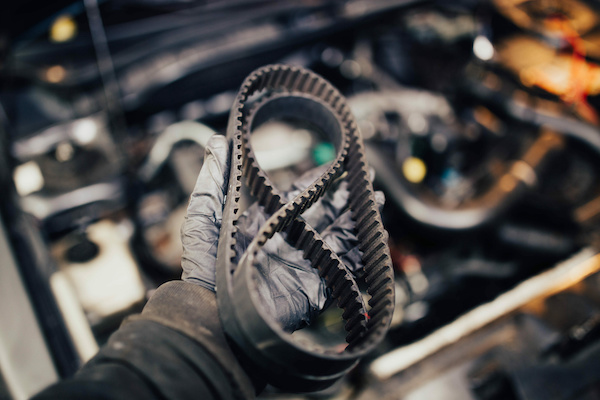
The truth is you don't need to be a certified technician to understand how the timing belt works. Truthfully, the more you know about it, the better chance you'll have at keeping your engine parts healthy. Read on to learn more about the importance of your vehicle's timing belt.
What Does the Timing Belt Do
Your vehicle has multiple belts and hoses that play key roles in running your car. Today, we're going to be talking about the timing belt in particular. The timing belt is directly related to your engine's operation. It is in charge of synchronizing the rotation of your crankshaft and camshaft. In other words, the timing belt allows the valves to open and close at the appropriate times. The rubber teething on the belt allows accurate timing. Over time, the connection becomes weak, and the belt will deteriorate. And if a vehicle owner does not change their timing belt on time, the pistons will likely strike the valves, damaging the motor.
Signs of a Failing Timing Belt
- Stripped or glazed look on the belt
- Loose fiber cores
- Cracks
- Improper belt tension
- Loud sounds coming from the engine
- Slow or failure to start the car
Most manufacturers will have a listed time frame for when you need to replace your car's timing belt. Typically, cars will need to have it done once they hit the 100,000-mile mark. It's important that your timing belt installation is done properly because of its critical role.
If you are looking for dependable and quality timing belt replacement, we invite you to bring your car to our auto repair shop in Tempe, AZ. You can count on the team at Hyland Auto Repair to take fantastic care of your vehicle!